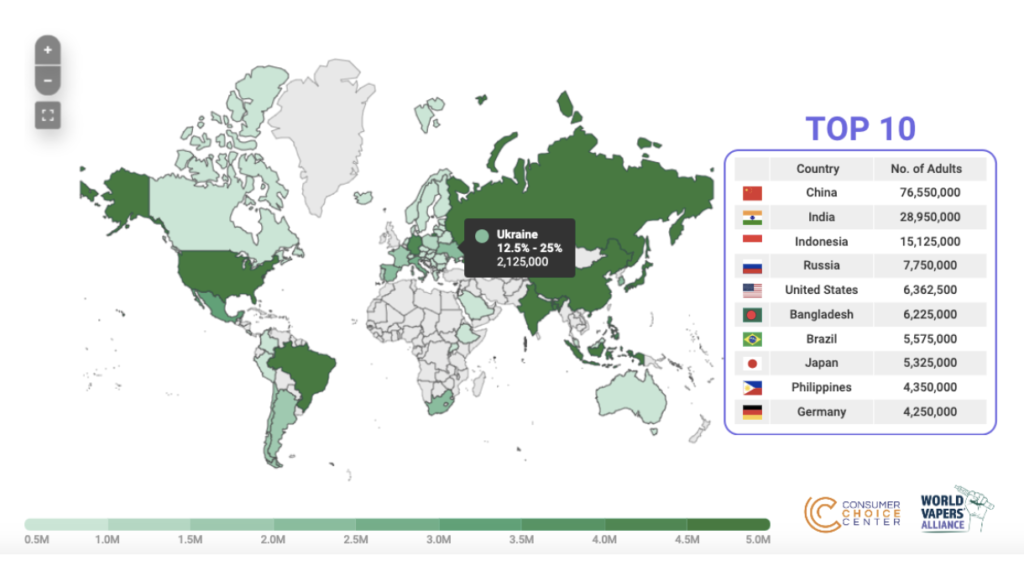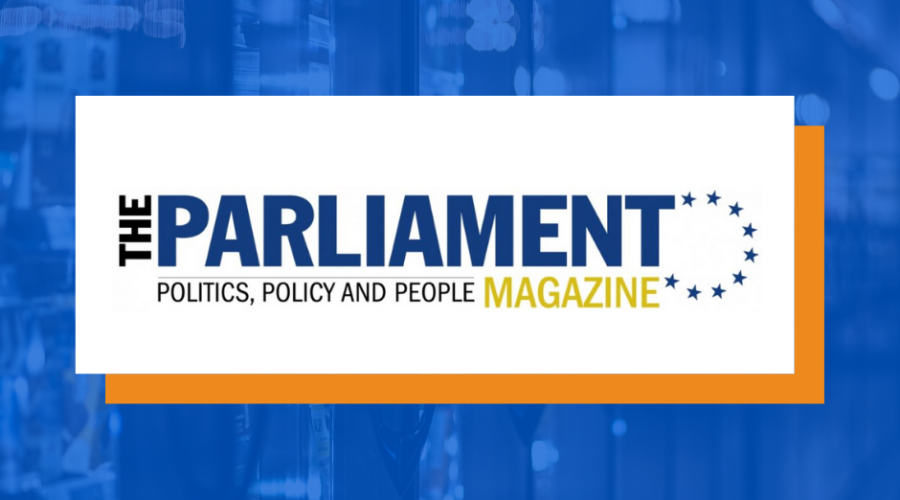Only the individual can solve Britain’s obesity crisis
As Britain becomes the fat man of Europe, a blanket approach to large-scale policy-making will not solve Britain’s obesity crisis. Only the individual can do the work, argues Bill Wirtz.
Am I overeating? This question is, in essence, a modern one. Our ancestors would have stood in awe at the sheer availability of refrigerated and affordable meat in our supermarkets. Even items such as salt or sugar, once luxury items, are now abundantly available in everyone’s cupboards.
With this luxury, we also face the genuine problem of obesity. Eating habits are complicated: we are stressed and strapped for time, and work-related lunch breaks are either a quick sandwich over our desks or lush business buffets to get someone to sign a deal. All too often, we “treat” ourselves to something that exceeds our optimal calorie intake, especially during this pandemic, which has upset our regular schedules.
As I’ve been explaining on this site on a few occasions, the path of lifestyle regulations is neither practical nor modelled after what we want a free society to be. Banning “buy one get one free” pizza options or banning fast-food ads on public transport is infantilising. It presumes that consumers aren’t free to make their own choices, and far worse, assumes the government ought to be the judge of a healthy diet. However, despite hiring highly educated individuals, the government isn’t free from monumental failures on dietary recommendations. Those readers who remember being instructed on the old-school food pyramid will be able to attest to that.
Personal responsibility is complex, and it will not always provide a workable solution for each individual in a matter of months. Yet, the idea that consumers are left defenceless against big sugary food machinery is dystopian and has very little to do with the truth. From personal experience, I am blessed with being naturally tall and a forgiving metabolism. Still, I revert to easy steps to keeping myself in shape without following a painful or time-consuming routine.
Exercise is one of the keys to a healthier life without depriving myself of the joys of the occasional treat. In fact, exercise is all too often a forgotten key to the solution. In October 2018, Public Health England indicated that more than 37 per cent of 10 and 11-year-olds in London are overweight or obese. It is often mistakenly argued that this is caused by high energy intake, but the obesity rates are dependent on physical activity, which according to Public Health England, has decreased by 24 per cent since the 1960s. Daily calorie intake in the UK is also decreasing each decade.
On top of making sure I go on regular (fast) walks, I also keep myself informed on down-to-earth solutions for regulating my appetite. This 2011 study found that chewing gum reduces the desire for snacks by 10%, which makes a significant dent in my afternoon cravings for those foods that are unhealthy. The benefit is also that this applies just as well to sugar-free gum. On top of the widely known added benefit of preventing tooth decay between regular dental hygiene, it has also been shown that chewing gum leads to increased cognitive performance and productivity. Given that I, as much as many others, currently spend their days on Zoom calls, chained to our desks, I find that sugar-free gum has been one of many practical solutions that helps me snack less and be more focused.
Many people regulate their diets with new apps, calorie counters, or making radical shifts in their diets. Be it getting rid of meat or only eating meat, the array of digital solutions and dietary diversity shows that there are no one-size-fits-all solutions. To many governments, the response to obesity has too often been targeting consumption itself. Instead of using the scientific knowledge we have to our advantage and leading us to individual responses, regulators prefer to find a culprit, then advocating abstinence.
Yes, we lust for high sugar and fat, but that does not make us children that need to be penalised. In our community, in our families, we can be a positive nudge that gets friends or siblings to try new ways of regulating their behaviour. For me, it’s been regular breaks, walks in the fresh air with a podcast, sugar-free gum, and a green smoothie for my veggie intake. For you, it might be a Paleo diet.
Let’s celebrate our responsibility instead of a blanket approach to large-scale policy-making.
Originally published here.











